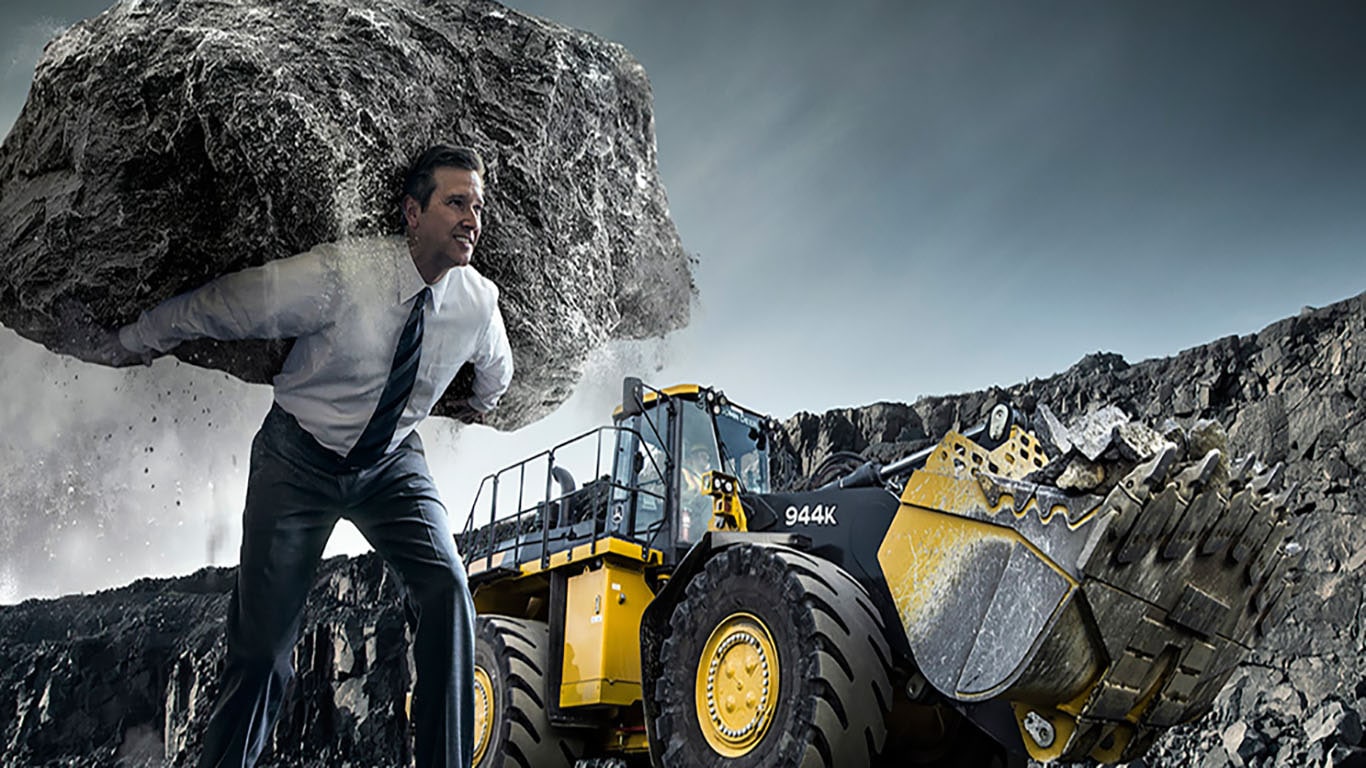Boom Lift Rental: Get To New Levels Safely
Boom Lift Rental: Get To New Levels Safely
Blog Article
Renting Vs. Acquiring Building And Construction Tools: Making the Right Choice for Your Task
When getting started on a building project, one of the essential choices that project stakeholders and managers encounter is whether to lease or acquire building and construction devices. The choice pivots on numerous factors such as cost considerations, job duration, equipment maintenance, scalability, adaptability, and danger administration.
Price Factors To Consider
When reviewing the monetary facet of buying versus renting out building tools, the ahead of time costs and lasting expenses should be carefully thought about. Leasing tools frequently requires reduced first payments compared to buying, making it an appealing choice for temporary tasks or contractors with budget plan restraints. Renting gets rid of the demand for large funding investments and minimizes the economic danger connected with devices possession, such as upkeep and devaluation expenses. Nonetheless, in the long run, constantly renting tools can gather greater costs than buying, particularly for prolonged projects.
On the other hand, buying construction tools involves higher upfront prices however can result in long-term cost savings, especially for lasting tasks or frequent users. Eventually, the choice between acquiring and renting building equipment hinges on the project's duration, frequency of usage, budget plan factors to consider, and lasting financial objectives.
Job Period

Conversely, for long-term tasks or ongoing building and construction job, buying devices could be the extra cost-effective alternative. Buying tools can cause cost financial savings in the future, especially if the tools will be frequently made use of. Additionally, having devices provides a sense of control over its schedule and permits customization to fit certain project demands.

Equipment Upkeep
Given the critical function project period plays in establishing the most cost-efficient method in between buying and renting out construction equipment, the focus now shifts towards examining the crucial element of equipment upkeep. Appropriate upkeep is critical for making certain the optimum efficiency and long life of building and construction devices. Leasing tools often features the advantage of having actually well-kept machinery given by the rental company. This can alleviate the concern of upkeep jobs from the task owner or specialist, saving effort and time. On the various other hand, owning equipment calls for a positive technique to upkeep to stop break downs, guarantee safety and security, and expand the equipment's life expectancy. Routine evaluations, maintenance, and prompt remote control loader fixings are necessary to maintain owned and operated tools in leading functioning condition. Consider maintenance prices when determining in between buying and leasing, as disregarding maintenance can bring about expensive fixings, downtime, and job delays. Inevitably, a properly maintained building equipment fleet, whether leased or had, is vital for the reliable and effective conclusion of building and construction tasks.
Flexibility and Scalability
In the world of construction devices monitoring, the element of adaptability and scalability holds considerable importance for job effectiveness and source application. Choosing to lease building and construction devices gives a high degree of flexibility as it enables for the fast modification of equipment types and amounts next page based on the advancing needs of a task. Renting allows professionals to access a large range of specialized equipment that might be required for details tasks without the long-term dedication of ownership. This adaptability is especially advantageous for tasks with differing requirements or unclear durations (aerial lift rental).
Moreover, scalability, an additional important element, is inherently linked to versatility. Renting building devices supplies the advantage of quickly scaling operations up or down as job needs rise and fall. Contractors can rapidly trade or include equipment to match the task's transforming needs without the constraints of owning properties that may become underutilized or out-of-date. This ability to scale sources effectively can lead to price savings and boosted project timelines, making leasing a beneficial option for jobs needing adaptability and responsive source allowance.
Threat Management
Efficient threat management in construction tools operations is critical to ensuring project success and mitigating prospective financial losses. Construction tasks inherently include various dangers, such as devices failures, accidents, and job hold-ups, which can considerably influence the job timeline and budget. By meticulously taking into consideration the threats connected with owning or leasing building tools, task managers can make enlightened decisions to decrease these prospective hazards.
Renting building and construction devices can use a level of risk reduction by transferring the obligation of repair and maintenance to the rental firm. This can decrease the monetary problem on the project owner in instance of unexpected tools failings (aerial lift rental). Additionally, renting supplies the versatility to access specific tools for particular task phases, lowering the danger of having underutilized machinery
On the various other hand, possessing construction equipment provides a sense of control over its use and maintenance. However, this also implies bearing the complete responsibility for fixings, upkeep prices, and devaluation, increasing the financial threats connected with equipment ownership. Mindful risk evaluation and consideration of elements such as task duration, tools my site utilization, and upkeep demands are vital in determining the most ideal option for reliable risk monitoring in building tasks.
Conclusion
Finally, when deciding in between renting out and getting construction tools, it is essential to think about cost, task duration, equipment upkeep, scalability, adaptability, and danger management. Each factor plays an important function in identifying one of the most suitable alternative for the project available. By carefully assessing these elements, task managers can make an enlightened decision that lines up with their spending plan, timeline, and general task objectives.

Report this page